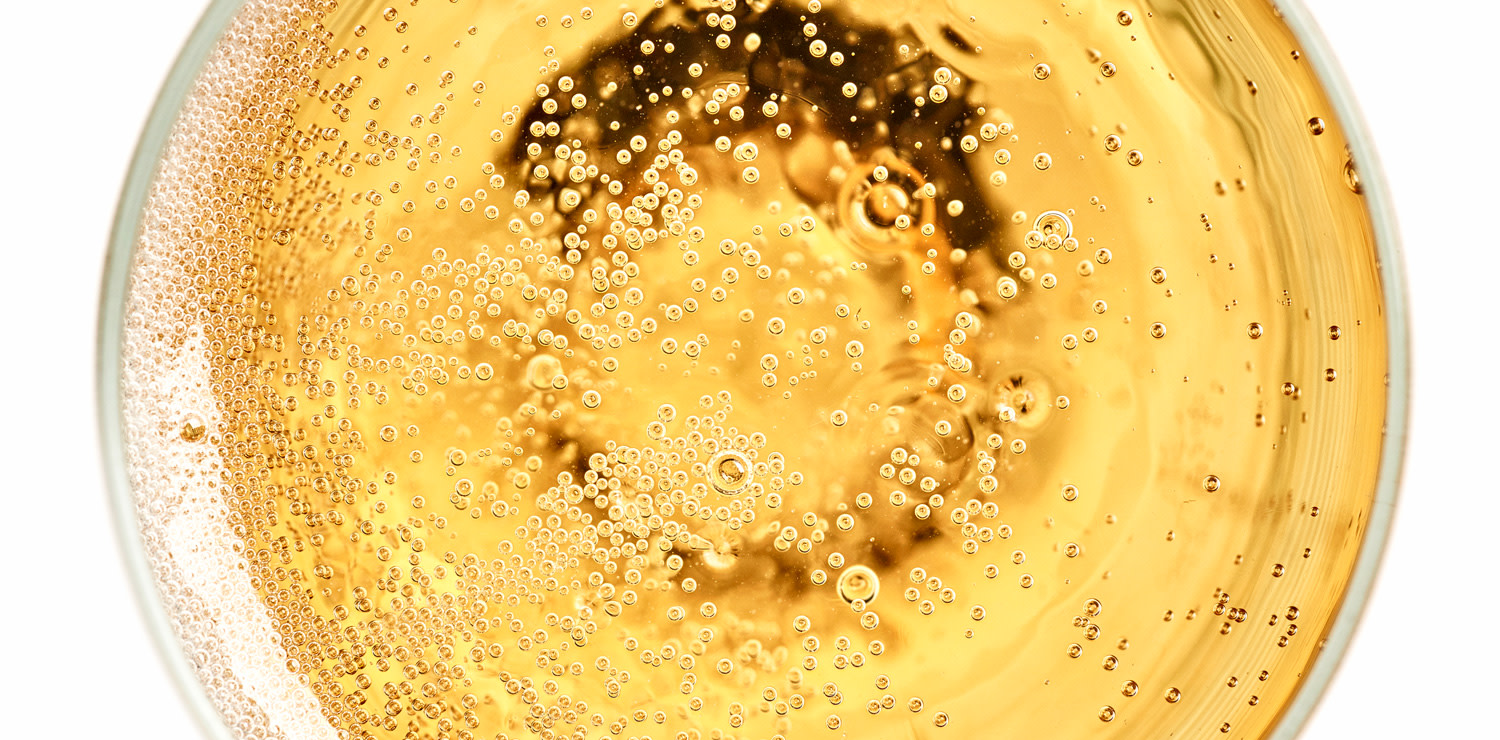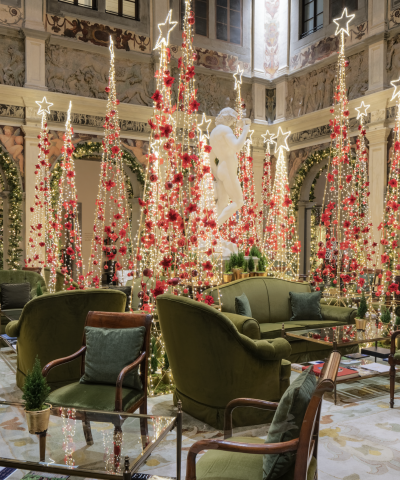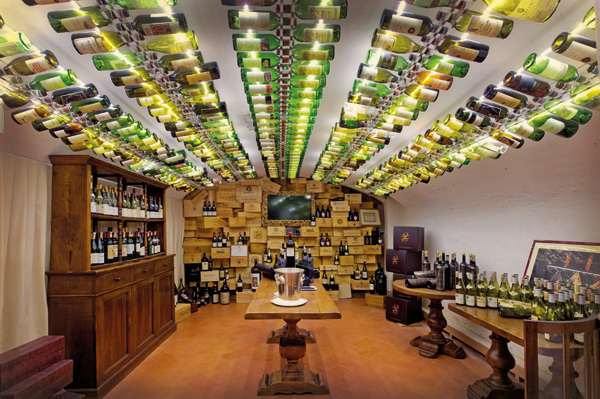16 excellent Tuscan sparkling wines
A special selection of bubbly labels in a land traditionally known for its red wines
In Tuscany, we can observe an increasing production of sparkling wine. La Regola is situated in Riparbella (province of Pisa) in the Doc Montescudaio area, where they produce a Classic spumante of great interest. In San Miniato (same province), a sparkling wine is produced entirely with Trebbiano grapes, re-fermented in the bottle and aged on the lees for no less than 18 months. The wine is Erede and the producer is Ivana Cupelli.
In the province of Siena, here comes an aristocratic bubbly: Fèlsina is a Classic method with a blend of 60% Sangiovese, 20% Pinot Nero and Chardonnay for the remainder. In Montalcino, Spumante Brut “Stellare” by Le Chiuse is produced by using 100% Sangiovese Grosso grapes.
In the Doc Cortina zone of Arezzo province, for a few years the Baracchi Winery has been producing two successful Classic method vintages: a Brut made entirely with Trebbiano and a captivating rosé made with Sangiovese. From the town of San Giustino Valdarno, Bolle di Borro Rosé by Tenuta Il Borro (owned by the Ferragamo family), is a fully organic spumante that has taken on the difficult challenge of applying the Classic method to a Sangiovese matured 48 months on the lees.
In Pistoia province, an unblended 100% Chardonnay vintage for a Classic method spumante with no less than 36 months fermentation on the lees, followed by proper aging in the bottle. It is produced by Fattoria Montellori, acknowledged as a source of excellence for many years by the market.
In the Doc Montecarlo zone, the Tenuta del Buonamico produces three spumante wines with the Martinotti method. We mention their première cuvée named Particolare Inedito made with 100% Pinot Bianco grapes partially fermented in barrels.
In Radda in Chianti, Colle Bereto produces Colle B, a Classic method sparkling rosé using Pinot Noir grapes aged 30 months on the lees.
In San Gimignano, Falchini blends Chardonnay and Vernaccia grapes in the vineyards of Casale and Pinot Noir for their Classic method that ages in the bottle for a secondary fermentation of many months.
In Maremma Bruni has created a sparkling Vermentino, thus enhancing the most important white grape in the area. Same area and grapes for Tenuta Casteani which produces a sparkling Vermentino wine, Piccabòn, by using the Martinotti Method, the same method used by Sughere di Montefico to produce Isola Imperiale on the Elba Island. Still on the Elba Island under the guidance of Piermario Meletti Cavallari, Tenuta Le Ripalte has created its spumante, Le Ripalte Brut Rosé, with the Charmat method.
In Massa province, Calevro vineyards in the DOC Candia zone yield Vermentino and Malvasia grapes used for an interesting Charmat method sparkling wine. In the province of Florence, the Classic spumante by Castello del Trebbio is a pleasant sparkling wine for the whole meal with the refined aromas of Chardonnay and Trebbiano. Marchesi de’ Frescobaldi, with their Leonia, a Pomino Rosé, offer a Classic method niche product from the best Pinot Noir grapes of Pomino, planted in 1855 by the audacious Leonia (great great grandmother of the noble family), returning from a long stay not far from Champagne.











